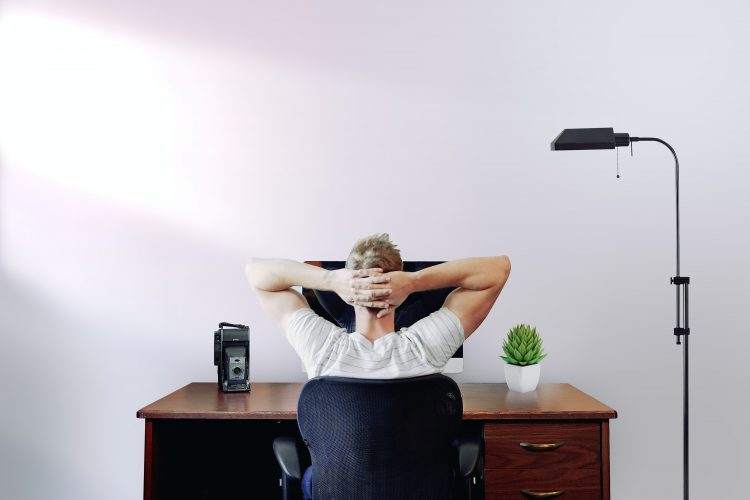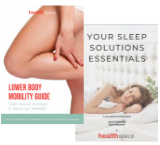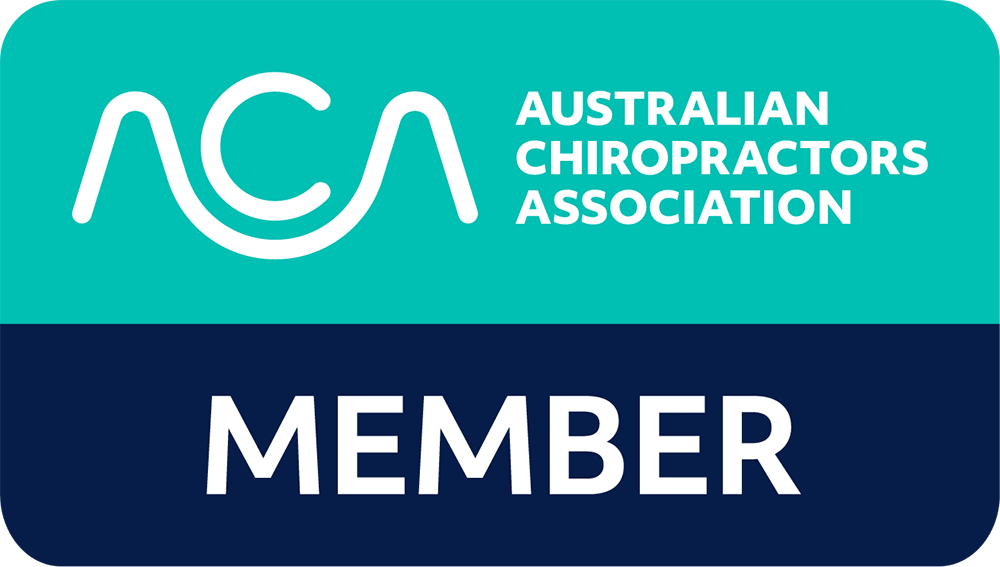
The Covid lockdowns have created a massive shift from people working in an office to working from home. This has come with many benefits for work/life balance. But comes at a cost to our daily activity. For many, their step count prior to lockdown was not the recommended daily amount of 10,000 steps a day; however, working from home has caused many to achieve fewer daily steps! The impact of not moving is leading to people suffering more from neck, shoulder, and lower back pain. As a Chiropractor, we have seen an increase in people presenting with these ailments in the clinic.
Here are my top 3 tips to help reduce pain related to sitting and working from home.
1. Moving more often is more important than how you move – One of the key pain-causing issues with prolonged sitting is the fatigue that sets in. The tissues and stabilising components of the body undergo a process called ‘Creep’ (think of an elastic band that is stretched for two long and eventually loses its elasticity). This can occur after only being loaded for 20 minutes in the human body. This is made worse by people working from all sorts of areas of the house, with everyone in the home needing a workstation. The key to help limit pain is frequent moving. Moving stops ‘Creep’ from happening and hence less pain. Recommended changes to sitting at a desk are stand-ups desks and sitting on other objects other than a chair (e.g. Yoga ball). They allow you to move more frequently and easily. Having these as an option encourages movement, but if they are not an option then either set a reminder to move on a phone or fitness tracker can help. One key point I tell clients in clinic is “do you have to actually sit for all tasks?”, that being making calls (whether voice or video), can often be done either standing or even while out walking. Looking at our workstation environment and making changes such as a different desk or chair can be really powerful; but also modifying how you work by realizing you most likely don’t have to sit at a desk for everything.
Tip: Get moving and try to get as much variation and frequency of movement as possible.
2. Strengthen your body – just don’t stretch! Too often in the clinic, I see people Suffering from chronic or reoccurring pain. They often will try stretching and area out, and although this does give temporary relief….it is only temporary. Being nice and mobile is important but equally as important is being strong, and for your body to have the capability to stay upright for prolonged periods. Whether it be for lower back, or neck and shoulder pain, increasing strength is key and a vital part to help long-term maintenance and prevention. It doesn’t have to be heavyweights, simple body weight movements such as a plank, push-up, squats or bridge can do wonders.
Tip: stretching and massage work are great, but for most some form of strength or stability is often needed.
3. When in doubt seek professional help – if you get reoccurring or have chronic issues then perhaps a more personalised approach is needed. Although two people may have similar types and descriptions of pain, the underlying cause or issue may be different. Think you would try to service your car all by yourself? You might be able to do some things but knowing your limitations and understanding when to call in a professional is best. By seeking a professional, whether it be a Physiotherapist, Chiropractor, Osteopath, Exercise Physiologist, they can all help to create a more personalised approach to help You. How they tackle your individual circumstances might be different, they are all trained to help you reduce pain.
Tip: a personalised approach allows for specific issues to be addressed and often leads to faster and longer-term results.
Hopefully by now you have a better understanding of ways to help manage pain but also have a deeper understanding of how to prevent pain from our current ‘working from home environment. Our bodies are designed to move! Moving helps keep muscles, joints, nerves stimulated and hydrated. Prolonged loading even in the most ergonomic position or setup will at some point create fatigue (Creep) leading to muscle aches and pains. The three points covered above are about getting the body moving more, which is the key to stopping pain long term.
If you would like to discuss your issue in more detail for more specific advice, please free to contact Nick at Nicholas@healthspaceclinics.com.au, or find him at @chironick on Instagram.

